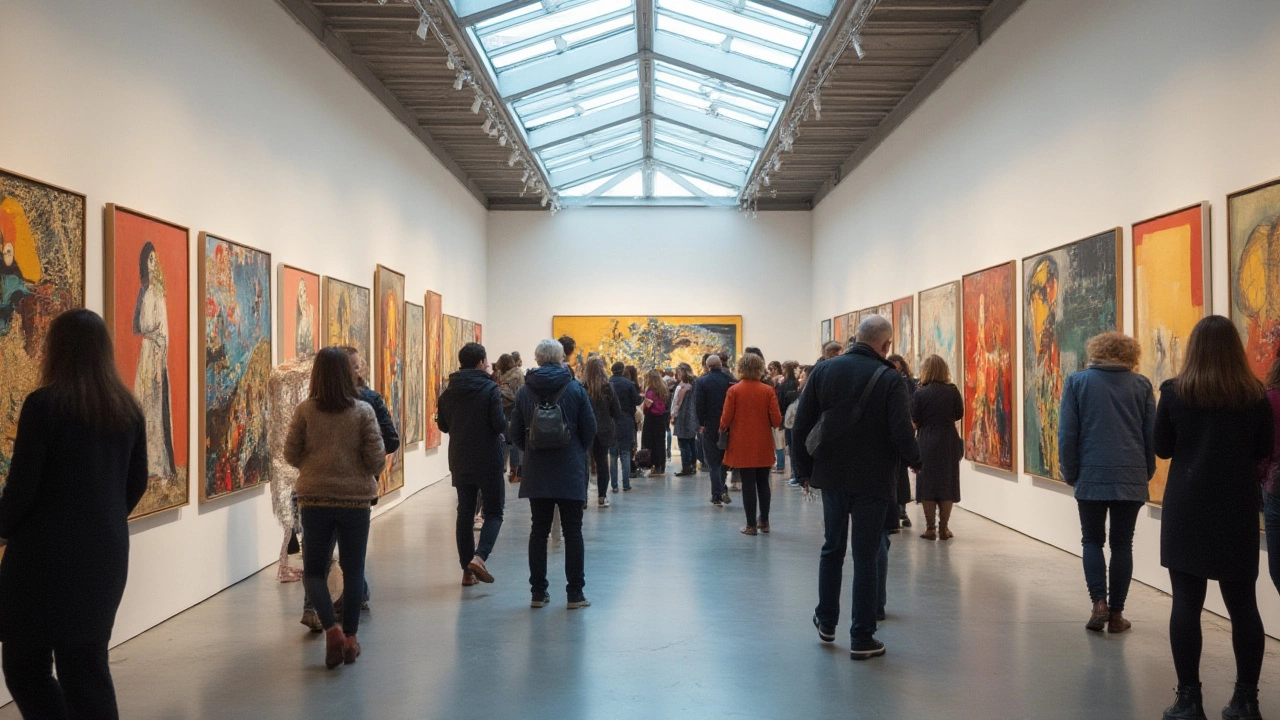Art Periods: Quick Guide to Styles, Movements & Key Themes
When you hear “art period,” you probably think of big names like Renaissance or Impressionism. But it’s more than a label – it’s a toolbox that tells you why certain colors, shapes, or subjects show up together. Knowing the basics helps you pick the right technique for a project, talk confidently with clients, or simply enjoy a museum visit without feeling lost.
Why Knowing Art Periods Matters
First off, each period reflects what people cared about at the time. The bold drama of Baroque tells a story of power and emotion, while the clean lines of Minimalism scream “less is more.” Spotting those vibes lets you match your own work to a tradition or break away deliberately. It also saves you time when you research a style – you’ll know which artists, materials and themes to look for.
Second, many art‑related services – from restoration to commissioning – use period language. A client might ask for a “Victorian‑inspired portrait” or a “post‑modern sculpture.” If you understand the terms, you can set accurate expectations, price projects correctly, and avoid costly misunderstandings.
Explore Popular Art Periods
Renaissance (14th‑17th century): Think realistic faces, linear perspective, and mythological scenes. Artists like Leonardo and Michelangelo turned science into beauty. If you’re painting a portrait and want a timeless feel, study the soft shading and balanced composition they used.
Baroque (late 16th‑early 18th century): Dark backgrounds, dramatic lighting, and movement. Caravaggio’s chiaroscuro is a great cheat‑sheet for creating mood with just a few light spots. Try using a single strong light source on a still life to get that punch.
Impressionism (1860s‑1880s): Loose brushwork, bright colors, everyday moments. Monet’s water‑lily series shows how to capture light with thin layers. When you work outdoors, apply thin washes first, then build texture – it’s the simplest way to get that “impression” look.
Modern Art (late 19th‑mid 20th century): Break rules, experiment with form. Abstract pieces like those in our “What Does Abstract Art Really Mean?” article illustrate how color and shape can tell a story without a recognizable subject. Try a quick exercise: pick three colors and arrange them in a composition that feels “tense” or “calm” – you’ll see how mood can be built without details.
Contemporary & Digital (2000s‑today): Think AI‑generated images, NFTs, and mixed media. The “Most Modern Art Styles” post points out how technology reshapes what we call art. If you’re comfortable with Photoshop or 3D tools, blend traditional sketches (see “Turn Traditional Drawings into Digital Art”) with digital effects to stay current.
Every period also comes with preferred materials. For example, oil painters who love the depth of Baroque often use linseed oil and slow‑dry pigments, while sculptors exploring “Easiest Sculptures for Beginners” might start with cheap plaster or recycled materials before moving to bronze.
To put this into practice, pick one period that speaks to you. Look at three famous works, note the color palette, brush technique, and subject matter. Then create a small study that mimics those choices – it’s a fast way to internalize the style without copying outright.
Finally, keep a reference list. Our tag page groups everything from “How to Fix Mistakes in Oil Painting” to “Best Colours for Landscape Painting.” Use it as your quick‑lookup when a client asks for a specific period vibe or when you need fresh inspiration.
Understanding art periods isn’t just trivia; it’s a practical skill that sharpens your creative decisions and improves communication with anyone who cares about art. Dive into a few articles, try a mini‑project, and watch how your work gains new depth and direction.
